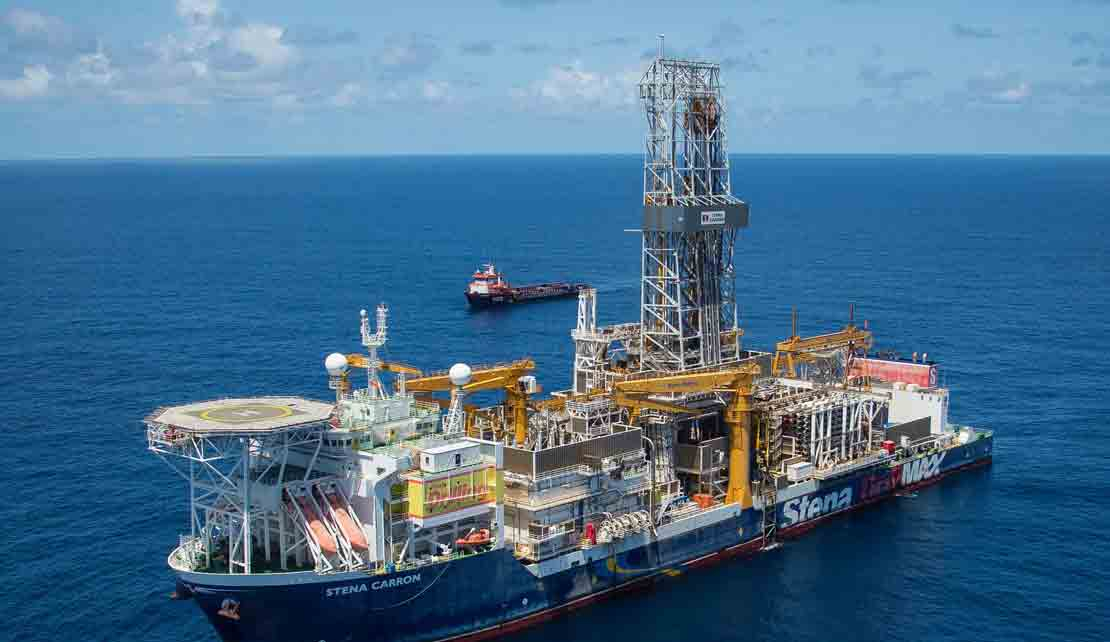GUYANA | Despite oil wealth, concerns abound over impact on Poverty

GEORGETOWN, Guyana, June 18, 2024 - Village Voice - Even as ordinary Guyanese remain mired in poverty, the International Energy Agency (IEA) is now reporting that our nation’s oil projects are leading the world in daily production capacity.
According to the International Energy Agency, Guyana’s oil ventures are set to surpass those of Brazil, the United States, Canada, and Mexico in daily oil output during the present year.
The IEA’s latest report, titled “Oil 2024 Analysis and Forecast to 2030,” highlights that Guyana’s sanctioned oil projects, particularly those in the Stabroek Block, are poised to produce between 220,000 to 250,000 barrels per day (bpd).
This exceeds the production capacities of numerous projects in Brazil, the United States, Canada, and Mexico. For instance, while Brazil anticipates outputs ranging from 50,000 to 225,000 bpd across 19 projects, the United States projects are expected to yield between 60,000 to 150,000 bpd, and Canadian projects between 30,000 to 140,000 bpd.
Despite these promising figures, concerns loom over the oversight and economic impact of these ventures on our nation.
Since 2019, Guyana has relied solely on reports from ExxonMobil Guyana Limited (EMGL), the operator of the Stabroek Block, for daily production figures due to the absence of independent verification measures.
This lack of oversight raises questions about the accuracy and transparency of reported production rates. Could ExxonMobil be producing more oil that they are reporting to the secretive People’s Progressive Party (PPP) regime?
Moreover, the rapid expansion of oil production beyond initial projections has sparked fears about the sustainability of these projects. The Floating Production, Storage, and Offloading (FPSO) vessels, namely Liza One, Liza Two, and Payara, have been pushed beyond their designed capacities, potentially shortening their operational lifespan. Despite these challenges, Guyana has yet to implement ring-fencing provisions that would ensure revenues from each project are accounted for separately, potentially reducing our nation’s share of profits once project costs are recouped.
ExxonMobil, along with partners Hess and CNOOC, currently holds significant stakes in the Stabroek Block, with ExxonMobil alone producing over 640,000 bpd across its developments. The government of Guyana has approved numerous projects to date, aiming to achieve a projected production capacity of 1.3 million bpd by 2027.
Regarding financial safeguards, while ExxonMobil and partners have provided a $600 million oil spill insurance policy and a $2 billion guarantee, concerns persist over the adequacy of these measures to protect our environment and economy from potential disasters.
In contrast to these lucrative figures, the stark reality for ordinary Guyanese remains troubling. As of the latest data, our nation’s poverty rate stands at approximately 38.8 percent, one of the highest in the Caribbean and Latin America.
This figure, defined by the United Nations Development Programme as the percentage of our population living below the equivalent of $5.5 USD per day, underscores the stark disparities in wealth distribution despite our burgeoning oil revenues.
Recent reports from the Natural Resource Fund (NRF) indicate that Guyana earned $126.3 billion (US$604.3 million) from oil revenues in the first quarter of 2024 alone.
However, amidst these substantial earnings, many ordinary Guyanese report their lives becoming increasingly difficult. Basic necessities such as clean water, healthcare, education, and food remain inadequate, prompting widespread frustration over the perceived misallocation of oil revenues by the PPP regime.
While Guyana has now become a significant player in the global oil market, the road ahead necessitates careful management of resources and revenues to ensure sustainable growth and equitable prosperity for all our citizens. The challenges of poverty alleviation and personal development demand urgent attention.
-30-

 Ar
Ar  En
En